
What is the difference between traditional businesses and the Internet? Exactly, the Internet is always open 24 hours, 7 days a week, 365 days a year. In times of social media, you may ask yourself, do brands also communicate 24 hours, 7 days a week? Or is there a drop on the weekends?
On Facebook it’s all about timing. If you want to get the most interactions you need to publish likeable content on the right day at the right time. Since every target audience is highly individual it makes no sense to follow general statements. Some time ago, I wrote a slightly ironic article about the really best time to post on Facebook with this quintessence.
Nonetheless, here is a macro analysis of 38.6 million Facebook posts by Facebook Pages that provides some really interesting insights and shows patterns of user and page posting behaviors. How many posts are Facebook Pages publishing per day? How many do they publish on average? Which day of the week has the most interactions? How did the total posting volume change throughout the last year? The following analysis will give you the answers.
The Sample Data Set
- Source: quintly.com database
- Facebook Brand Pages sample set: 70,499
- Facebook Brand Posts: 38,573,601
- Total Related Likes: 28,894,358,522
- Total Related Comments: 1,937,061,091
- Total Related Shares: 4,202,313,972
- Total Interactions: 35,033,733,585
- Data Period: 1 January 2013 to 31 December 2013
The Development Of Facebook Posts In 2013
As you can see the chart is really volatile and the minimal turning points are exactly on the weekends which means that brands publish fewer posts on Saturdays and Sundays. In 2013 most Facebook pages have been actively posting from Monday to Friday. On the other hand, the total volume of posts has been constantly growing throughout the whole year. The visible decline at the end of the year is the normal effect of Christmas and the turn of the year.
I’ve marked one outlier with a red dot. This exception from the general posting behavior took place on the first of May 2013, which was a Wednesday. The question arises why something different happened on that special day. The first May is also called International Workers' Day and it is a national holiday in more than 80 countries. This seems to be the main cause for the post drop although Wednesday is normally together with Thursday the day with the most posts per week.
Furthermore I’ve flagged the two days with the highest number of posts of the whole year with an orange square. On the 31st of October 2013 138,603 posts have been published by the Pages within our sample set. As anybody knows this is Halloween, which is celebrated properly in many countries around the world. In addition, this is of course a great chance for each Facebook marketer to exploit this day accordingly by publishing creepy images for example. Absolutely most posts have been published on December 4th, where we counted over 139,000 posts. The matter for this is a sad one, this was the day where Nelson Mandela died.
The Development Of Interactions On Facebook Throughout The Year 2013
The polynomial trend line of the total likes per day shows a clear increase over the year. Starting with around 60 million likes per day, the daily amount nearly doubled at the end of the year.
Comments and shares have been pushed to the zero axis due to the massive amount of likes. Because of that we have created a separate analysis.
While the polynomial trend line for total daily comments on posts shows a similar development as seen in the chart before, the total amount of shares per day reveals a very different trend.
Comments are starting with a total quantity of slightly over 4 million at the beginning of 2013 and are ending at an amount of over 6 million at the end of the year.
The total daily number of shares was around 8 Million on the first day of 2013. Then the trend exhibits a fast uprise until April. After this the amount goes down slightly towards the middle of last year and from September the daily number of total shares rises again before it falls visibly in December.
The Average Posts Per Facebook Page Per Day
To return to the subject; using the sample data set we can also find out how many posts per day per Facebook Page have been published on average.
You can easily see that most Facebook Pages are focusing their posting on Monday to Friday. During the weekend, the average number of posts per Page drops from a maximum of 1.67 on Wednesday and Thursday to an average of 1.08 posts on Sunday. This simple bar chart highlights the findings of the above presented line chart about the post development in 2013. It’s also interesting to see that most Facebook Pages publish at least one or more posts every single weekday on average.
Averages Interactions Per Post Per Day
How are the average interactions on Facebook per post developing through the week?
The stacked bar chart is contrary to the average posts per Facebook Page per day chart. On average, the most likes, comments and shares are happening on Sundays. Also Saturdays are showing higher interaction numbers than during the working days. From Monday to Friday the average likes, comments and share per post are similarly distributed.
What Does This Analysis Tell Us?
In times of decreasing post reach, constant changes of the Facebook news feed and the simple fact that users are more and more over saturated by attention demanding ads, posts and stories, it’s getting really hard to reach your desired audience. Also it’s even harder to engage with them, as the analyzed Pages are publishing one or more posts per day on average, and those numbers are continuously growing. Recently I read that a Facebook Page should post at least once per day and use mainly photos to increase the reach. When all Pages would behave like this, the total posting volume would really explode. Keep in mind, the news feed algorithm still privileges posts by friends.
So, the solution cannot be to increase the posting volume of your Page even further, it could result in pure spamming. Although no one will criticize a Page for such a behavior, because those Pages will typically reach only a fraction of their fans. As always and also communicated by most industry bloggers and social media specialists you should analyze when your target audience is online and (!) active. Creating engaging and likable content seems to be a natural effort. But I think in the next months most Pages will recognize that it is not possible anymore to create an organic reach like they have seen before. And this is a completely normal development of a totally overcrowded market. My recommendation: Find your niche.
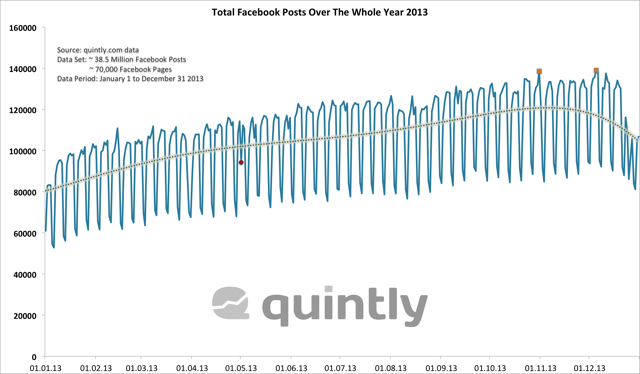
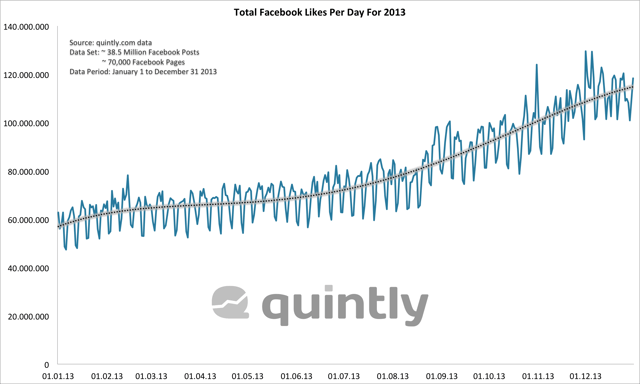
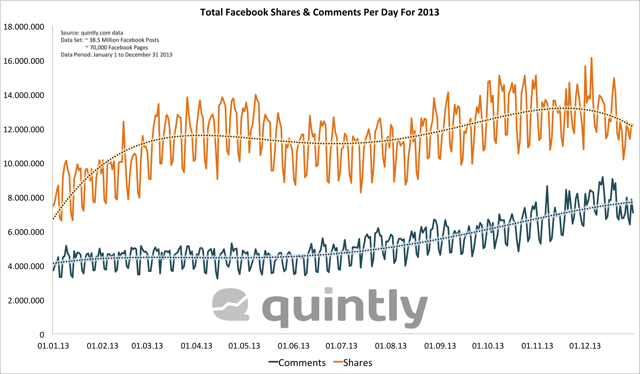
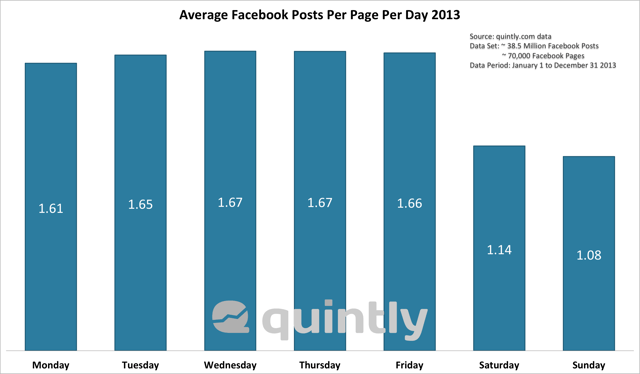
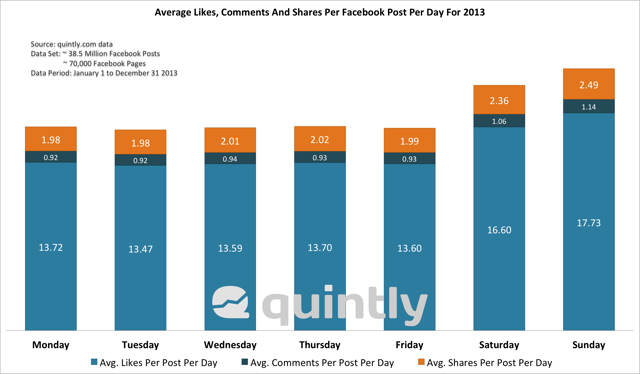

Join the conversation. Leave us a comment below!